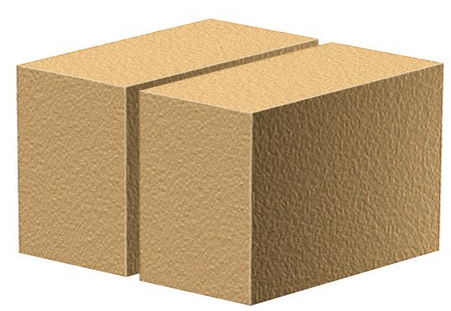Briefly discuss the role and nature of government agricultural subsidies in the United States
What will be an ideal response?
Answer: Government subsidies are financial and monetary incentives provided by the government to some or all farmers in order to affect the supply and price of certain commodities. The U.S. government has three policies that are supposed to address the problem of excess productive capacity:
First, farmers are encouraged to avoid producing crops in excess supply. Because soil erosion is a constant threat, farmers are encouraged to plant fallow crops, such as clover, to restore nutrients to the soil and to help hold the soil in place. These crops can be used for hay, forage for pigs, or to produce seeds for sale.
Second, the government pays farmers when certain commodity prices are low. The government sets a target price for the commodity and pays farmers the difference between the price they receive in the market and a target price set by the government as a fair level for the commodity. The target prices are calculated to give farmers the same price for the commodity today as in the past, when compared to other consumer goods and services.
Finally, the government buys surplus production and sells or donates it to foreign governments. In addition, low-income Americans receive food stamps in part to stimulate their purchase of additional food.
Government policies in developed countries point out a fundamental irony in worldwide agricultural patterns. In developed countries, farmers are encouraged to grow less food, whereas some developing countries struggle to increase food production to match the rate of growth in the population.
You might also like to view...
What is the name for the part of the ocean that is found beyond the edge of the continental shelf?
What will be an ideal response?
The type of structure shown in this figure is a

A) joint.
B) normal fault.
C) reverse fault.
D) strike-slip fault.
E) dip-slip fault.
You find a rock and you think the mineral makeup is calcite. What evidence would indicate this?
A) It is hard, therefore it is calcite. B) It breaks into 6-sided pieces, therefore it is calcite. C) It is pink, therefore it is calcite. D) It is very heavy, therefore it is calcite.
Which is considered a physical factor?
a. Diffusion b. Dissolved nutrients c. Surface-to-volume ratio d. Active transport